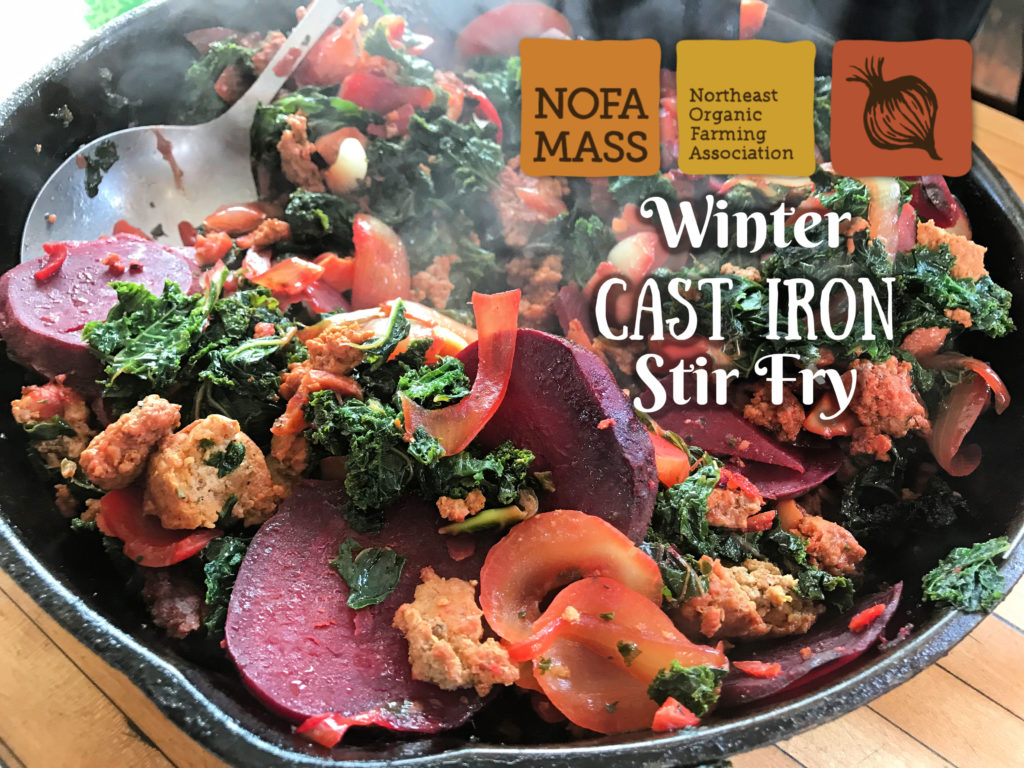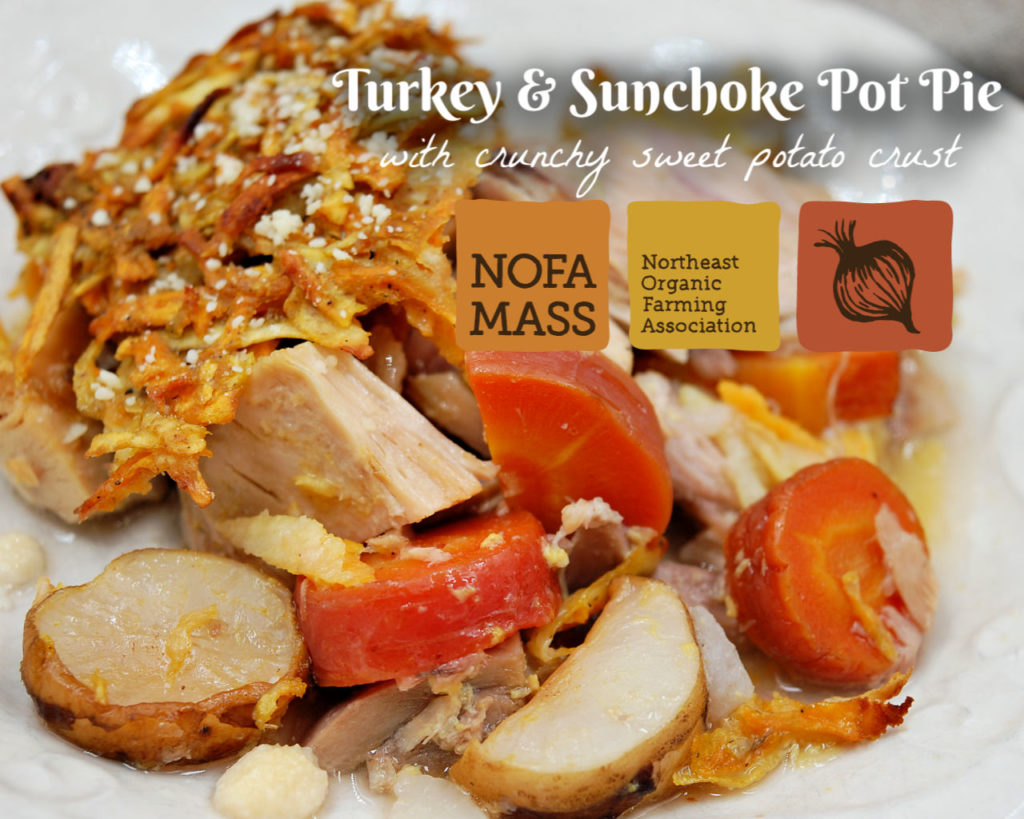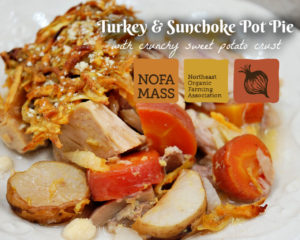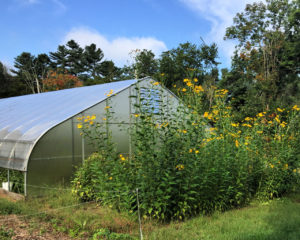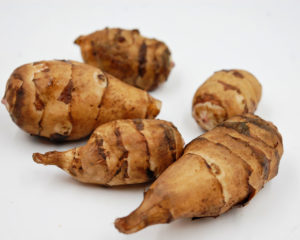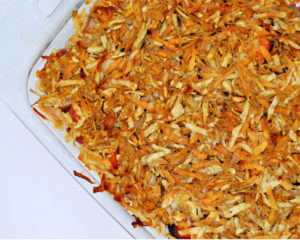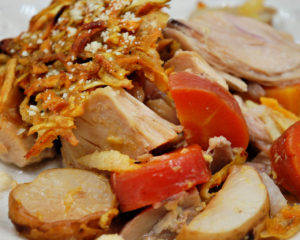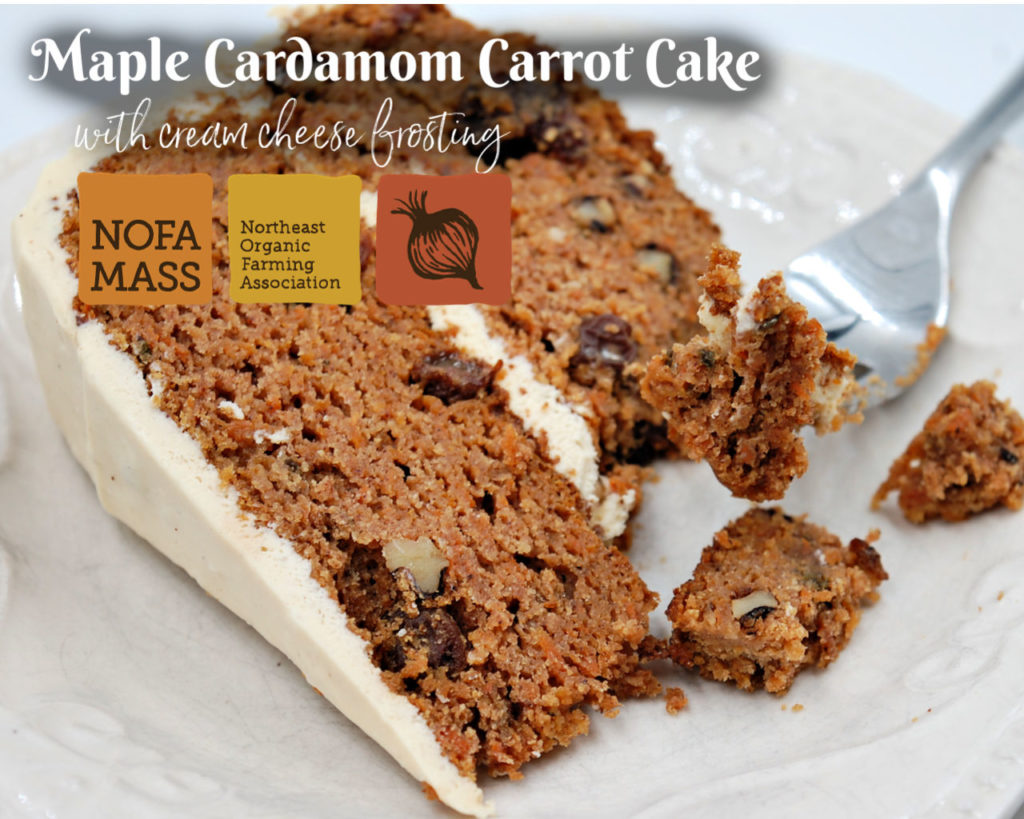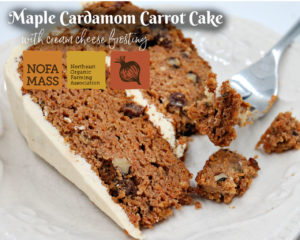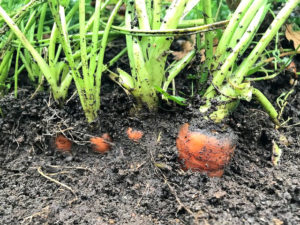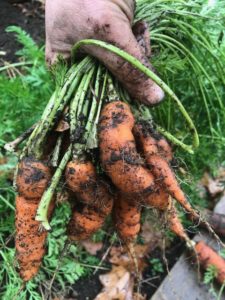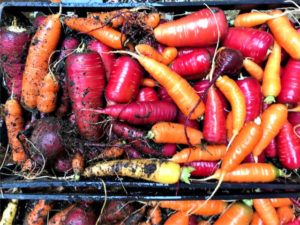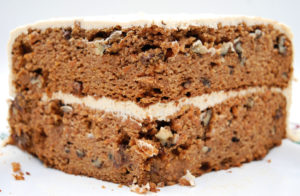Winter Cast Iron Stir Fry
F.O.O.D. Focus on the Organic Difference
vol. 12 January 4, 2019
By Christy Bassett for The Organic Food Guide and NOFA/Mass
With a new year comes excitement, resolution, a clean slate, and often, clean eating habits. Now is the perfect time to resolve to eat more locally and organically. Do it for the environment, for your neighboring farmers, and for yourself. Eating organically can improve the health of the land, the health of the plants and animals that live on the land, as well as significantly improve the health of your family. We at NOFA/Mass believe this wholeheartedly, and commend you for taking any small steps you can to choosing organic.
If you are new to living the locavore lifestyle, you may find it difficult to source local organic ingredients in the middle of winter. In some cases you may still be able to purchase root vegetable crops or greenhouse grown crops from local farms. Search The Organic Food Guide’s database for the vegetables that you’re looking for to see what farms near you may offer during the winter months.
Another great commitment that you can make in the beginning of a new year is to sign up for a CSA. Now is the time to research the farm shares offered in your area and compare pricing, variety, and pick up options. If you’re the DIY type, you could also resolve to attend one of the upcoming NOFA/Mass educational events and increase your food growing knowledge to produce your own food and take control of your diet.
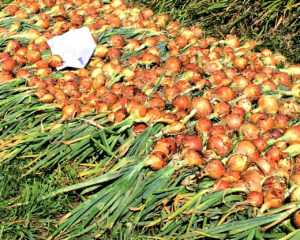
Yellow onions can be dried and stored throughout the winter.
If you’ve been at this locavore thing for a while now, and you happen to have a freezer and a root cellar, you likely already have all the Massachusetts grown ingredients featured in this week’s recipe at hand. Brighten up these dark days by making this fantastically colorful Winter Cast Iron Stir Fry.
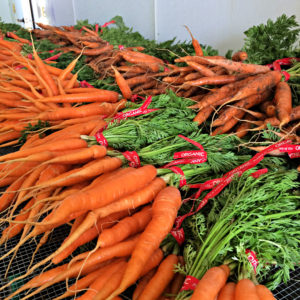
Choose organic carrots grown by farmers that are committed to regenerative agriculture.
Winter Cast Iron Stir Fry
Ingredients:
- 2 large organic beets
- 1 large organic onion
- 2 organic carrots
- 2 cups organic kale
- 1 lb organic ground pork
- 1/2 tsp organic dried turmeric powder
- 1 Tbs organic leaf lard
- 1 tsp organic garlic powder
- 1 tsp sea salt
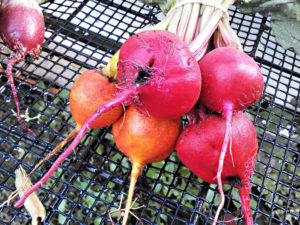
Use any variety of beets that you like best.
Directions:
- Slice beets and carrots diagonally, leaving large chunks for texture. Slice onions and chop kale.
- Preheat a cast iron skillet on medium high heat. Add leaf lard. Once melted, add ground pork. Cook until the outside is browned, stirring occasionally, about 5 minutes. Push to one side of the pan. Reduce heat to medium.
- Add onion, beets and carrots. Cover and allow to steam for 10 minutes, or until beets and carrots are tender.
- Add kale. Cover and cook for another 2-3 minutes. (If kale is previously frozen, defrost before adding to pan, or increase steaming time to 8-10 minutes.)
- Uncover. Add garlic powder and turmeric. Stir to combine and cook for another 3-5 minutes to allow extra moisture to evaporate.
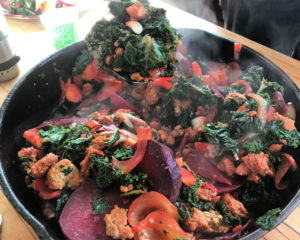
Serve this colorful winter stir fry straight out of the cast iron skillet for a true farm house feel.

